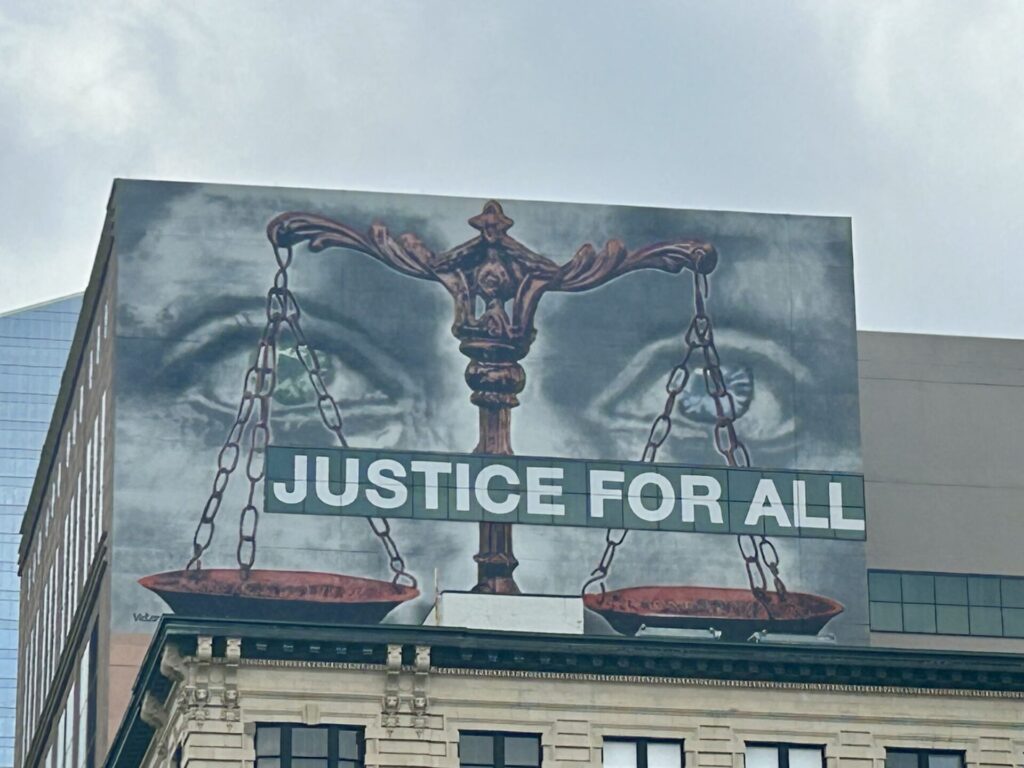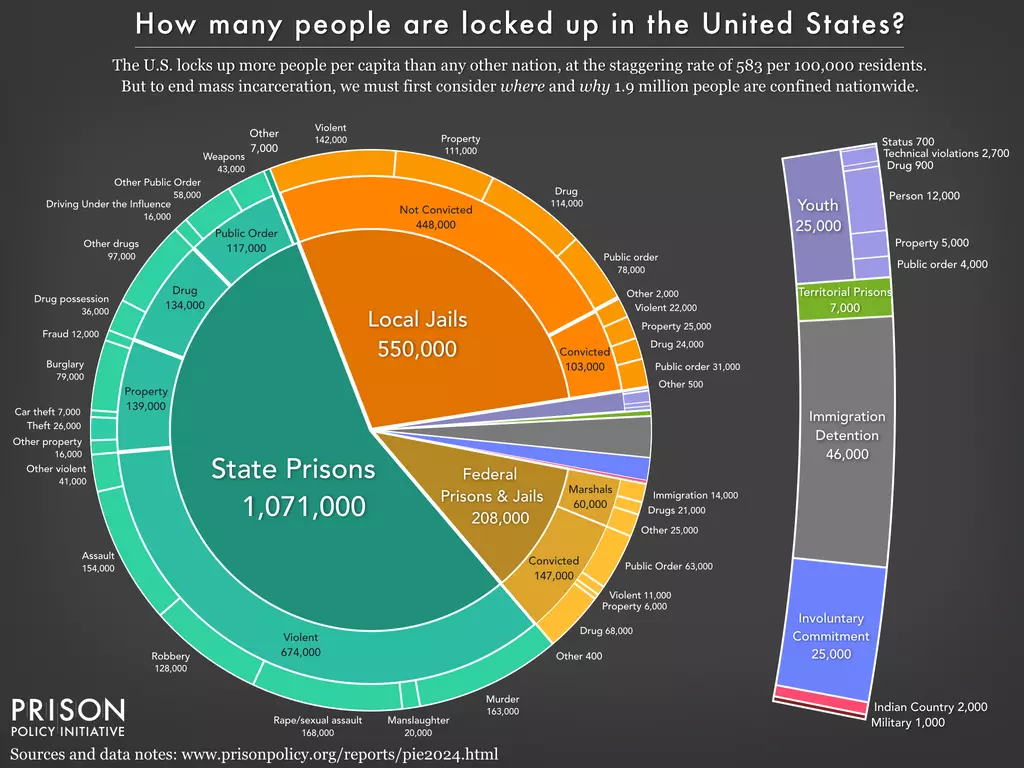At Sustainable Action Now, we believe in informed advocacy, and that means understanding the structures and powers that shape critical areas of our society. The criminal legal system is one such area, often subject to intense political debate and policy shifts. When an administration announces sweeping changes, it’s natural to wonder: “Can they really do that?” To help shed light on this complex topic and the intricate dance between presidential promises and constitutional limits, we’ve broken down the powers—and the boundaries—of the president and the federal government in shaping our criminal legal system.
For a deeper dive into the pervasive influence of private prisons within this system and the broader discussions around incarceration, we encourage you to visit our dedicated section: https://sustainableactionnow.org/private-prisons/.
The Trump Administration, like many before it, has made numerous claims about its intentions to reform or alter the criminal legal system. These pronouncements can create a sense of uncertainty or, conversely, a belief that radical changes are imminent. However, the reality of governance in the United States, with its checks and balances, means that power is rarely absolute.
Let’s unpack where the federal government and the presidency truly hold sway, where their influence is more nuanced, and where their authority ultimately ends.
Where Federal Power Reigns Supreme (Full Control)
There are indeed areas where the president and the federal government possess substantial, direct control over the criminal legal system. These primarily revolve around:
- Federal Law Enforcement Agencies: The President, as the head of the executive branch, has direct control over federal agencies like the FBI, DEA, ATF, and federal prosecutors (U.S. Attorneys). This means they can direct priorities, allocate resources, and influence enforcement strategies at the federal level. For instance, an administration can emphasize combating certain types of crime (e.g., drug trafficking, white-collar crime) and allocate more federal agents and resources to those areas.
- Federal Crimes: The federal government has exclusive jurisdiction over crimes defined by federal law. Congress legislates these crimes, and the President signs them into law. The executive branch then enforces them. This includes crimes that cross state lines, crimes committed on federal property, or those that violate specific federal statutes (like certain drug offenses, terrorism, or financial fraud).
- Sentencing Guidelines (Federal): While courts interpret and apply them, the executive branch can influence federal sentencing guidelines through appointments and policy.
- Pardons and Commutations: The President holds the constitutional power to grant pardons and commutations for federal offenses. This is a direct and powerful tool that can alter the sentences or convictions of individuals within the federal system.
- Federal Prisons: The Bureau of Prisons (BOP), which manages federal prisons, falls under the executive branch. This gives the administration direct control over federal correctional facilities, including policies related to inmate conditions, rehabilitation programs, and staffing. This is where discussions around the role of private prisons in the federal system often become highly relevant, as federal contracts with private entities can significantly impact the landscape of incarceration.
Where Federal Influence is Significant (Some Control)
Beyond direct control, the federal government can exert considerable influence over the criminal legal systems operating at the state and local levels:
- Funding Incentives: The federal government often provides grants and funding to state and local law enforcement agencies and correctional facilities. These funds frequently come with strings attached, encouraging states to adopt certain policies or practices that align with federal priorities. For example, grants might be offered for police body camera programs, drug court initiatives, or specific sentencing reforms.
- Legislation and Policy Directives: While Congress cannot directly dictate state laws, federal legislation can create frameworks or guidelines that states often choose to adopt, sometimes to avoid preemption or to access federal resources. Presidential directives and Attorney General guidance can also set a tone and encourage certain approaches across state lines.
- Civil Rights Investigations: The Department of Justice can investigate state and local law enforcement agencies for patterns or practices that violate civil rights. These investigations can lead to consent decrees or agreements that mandate reforms within those local systems.
- Judicial Appointments (Federal Courts): The President appoints federal judges, including Supreme Court justices. These appointments, once confirmed by the Senate, can have a profound, long-term impact on the interpretation of laws and constitutional rights, influencing criminal procedure and justice outcomes across the entire nation.
Where Federal Power Reaches Its Limits
It’s equally important to understand where federal authority over the criminal legal system largely ends, and where state and local autonomy begins:
- State and Local Crimes: The vast majority of criminal cases in the U.S. are prosecuted at the state and local levels, under state laws. The federal government cannot dictate how states define most crimes, how their local police departments operate, or how their state courts function.
- State and Local Law Enforcement: While federal agencies can cooperate with local law enforcement, they cannot directly command them or override their jurisdiction in most instances. Each state and local jurisdiction maintains its own independent police forces.
- State Courts and Jails: State judicial systems, from local municipal courts to state supreme courts, operate independently of the federal judiciary in most day-to-day matters. Similarly, county jails and state prisons are managed by state and local authorities, not the federal government.
- State Sentencing and Parole: States determine their own sentencing guidelines for state crimes, as well as their parole and probation systems. Federal policy can only influence these indirectly through incentives.
Understanding these distinctions is crucial for anyone engaging with criminal justice reform or simply trying to comprehend the scope of governmental power. The rhetoric surrounding presidential actions often simplifies a complex system, but knowing the nuances allows for more informed discussions and effective advocacy. As we continue to examine the role of the criminal legal system in our society, including the complex landscape of private prisons, staying informed about these powers and limits is more important than ever. For further reading and resources on these vital topics, remember to visit https://sustainableactionnow.org/private-prisons/.



